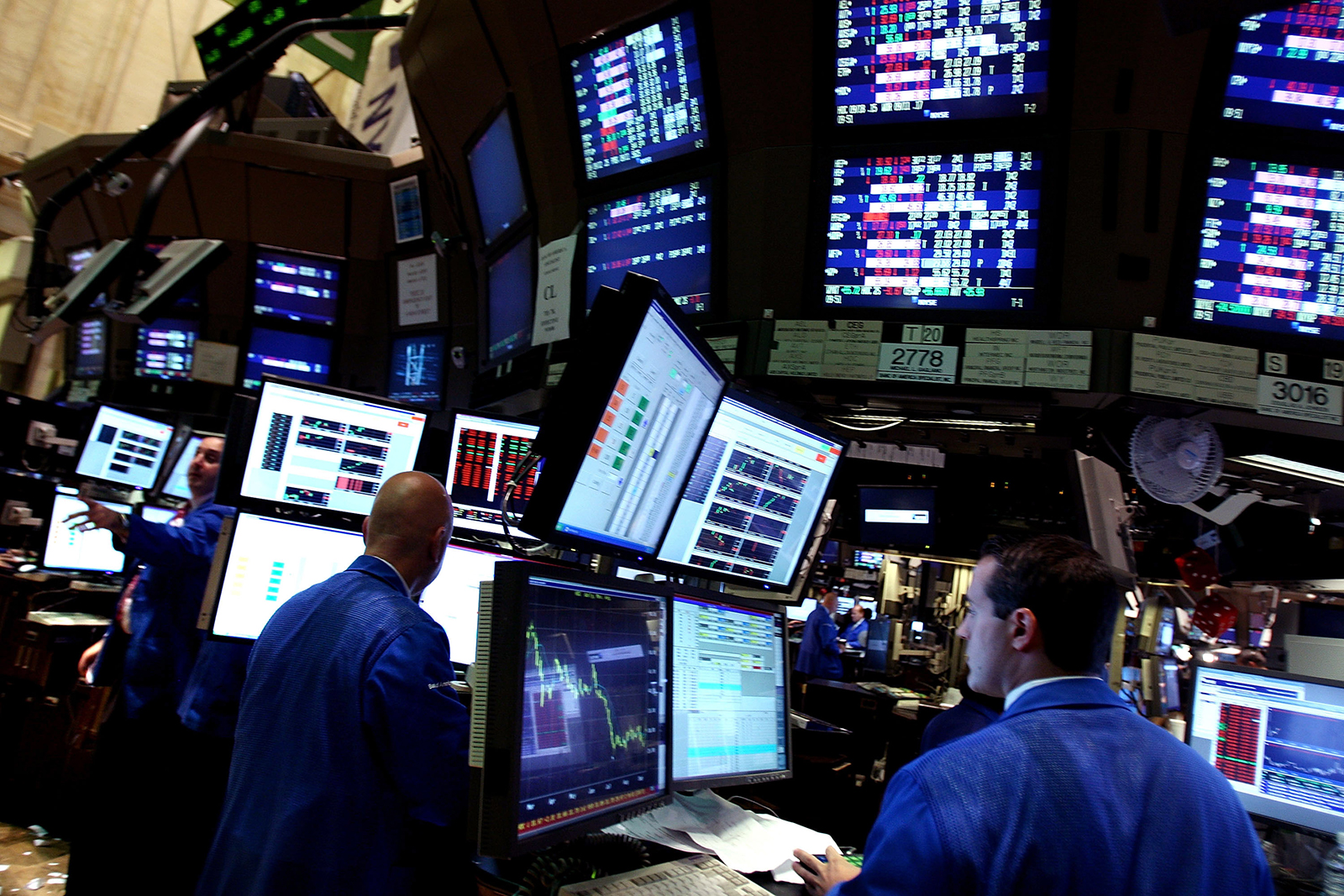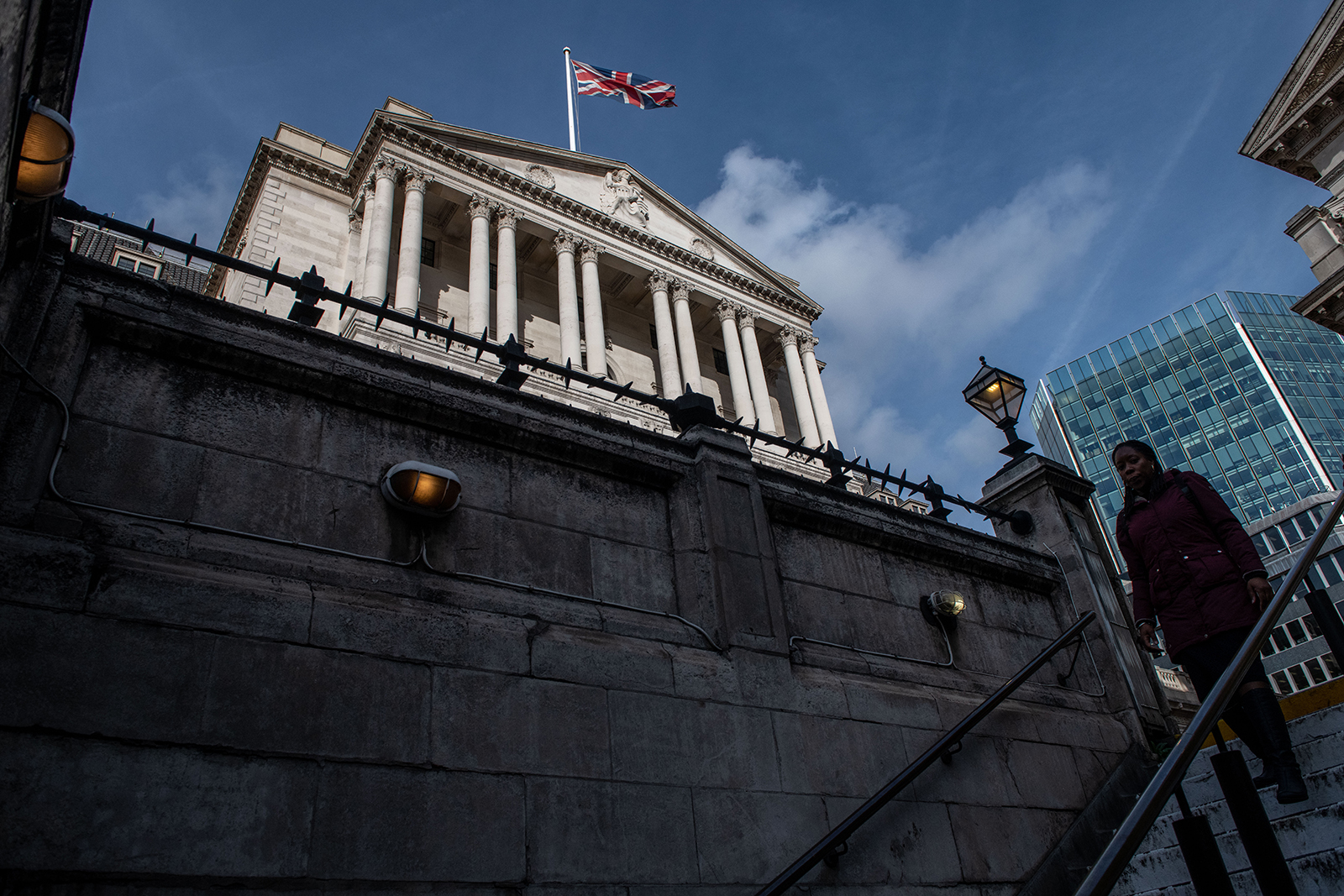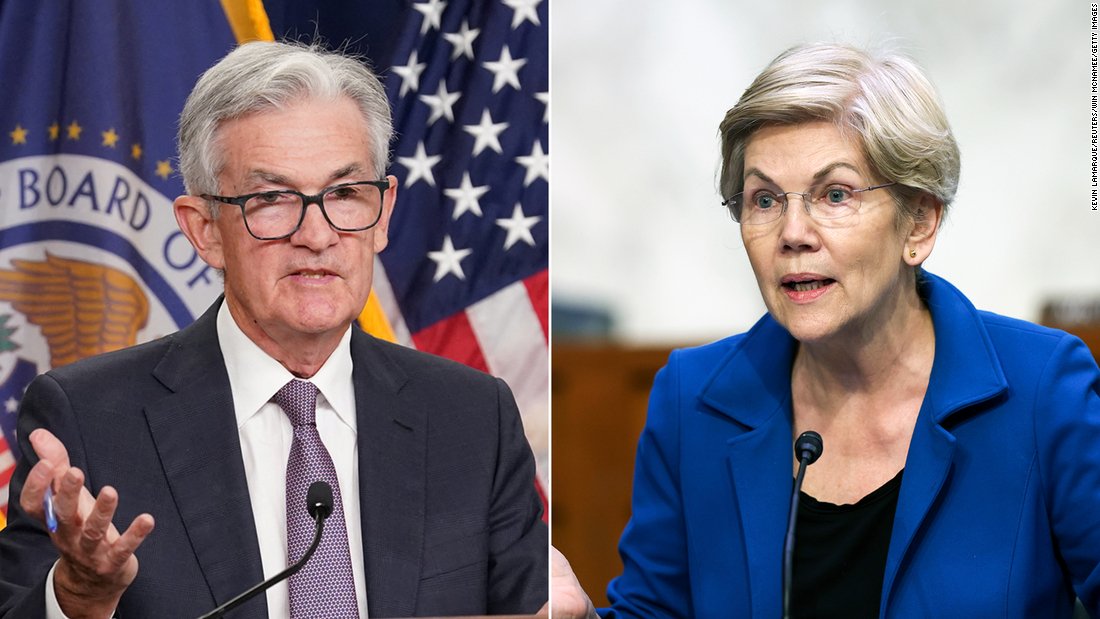The experts say America's banks are healthy. There are no solvency problems, former FDIC Chair Sheila Bair told CNN. There is no systemic banking issue, former Treasury Secretary Larry Summers told Wolf Blitzer. Silicon Valley Bank's collapse won't cause a recession, said Mark Zandi, chief economist of Moody's Analytics.
So ... what is causing problems for America's banks? Fear.
Moody's this morning downgraded six regional banks' credit ratings because customers keep withdrawing money from them and transferring deposits to larger banks. The first bank runs of the smartphone era were created by viral social media posts, text chains and instant access to banking apps that exacerbated both widespread concern and rapid customer withdrawals.
But there's good news: The government's plan to intervene in the banking sector worked. No banks failed Monday. Regional bank stocks, after plummeting over the past several days, are bouncing back sharply.
The banking crisis may be over, at least for now. Tech companies that banked with the failed SVB were rescued, escaping what an industry insider called an "extinction-level event."
Now, it's up to the Federal Reserve to keep the banking sector stable. It has been on a yearlong effort to slow the economy to keep inflation in check. Now it faces a no-win situation: Annual inflation is at 6%, triple what the Fed considers to be healthy. But rate hikes got us into this mess in the first place, collapsing the value of banks' government bond holdings.
The moment to panic is over. But the bank sector and the economy remain on a knife's edge.







